Netty网络编程实战 - 手写同时兼容SSL、支持压缩和解压缩、报文格式自定义的Http监听器
前言
一个完整的Http请求包括客户端(常常为浏览器)请求和服务器响应两大部分,那么你清楚在这个过程中底层都做了哪些事情吗?又如HTTP请求的短连接和长连接底层的区别是什么?再如何基于Netty定制开发符合特定业务场景的HTTP监听器 ... 等等这些问题都是今天我们要解决的问题。
HTTP请求
一次完整的HTTP请求需要经历以下过程:
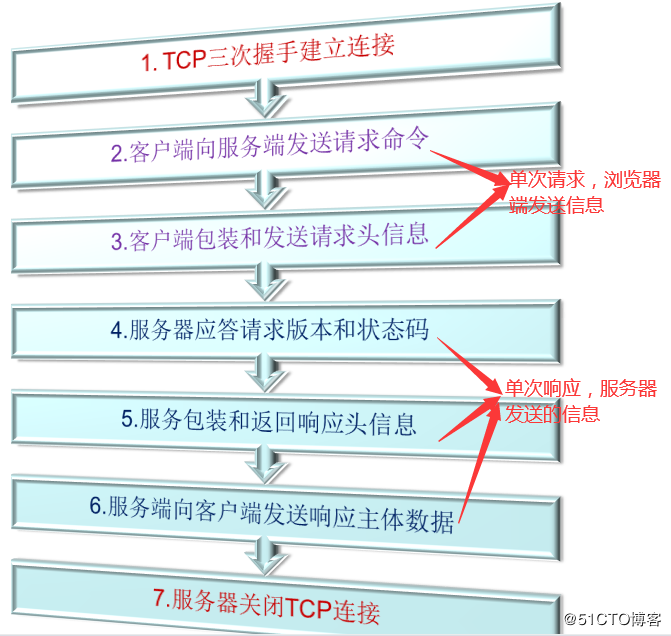
其中在HTTP1.1及以上版本,开启keep-alive, 步骤1和步骤7只做一次。
步骤2和步骤3中请求的报文结构如下:
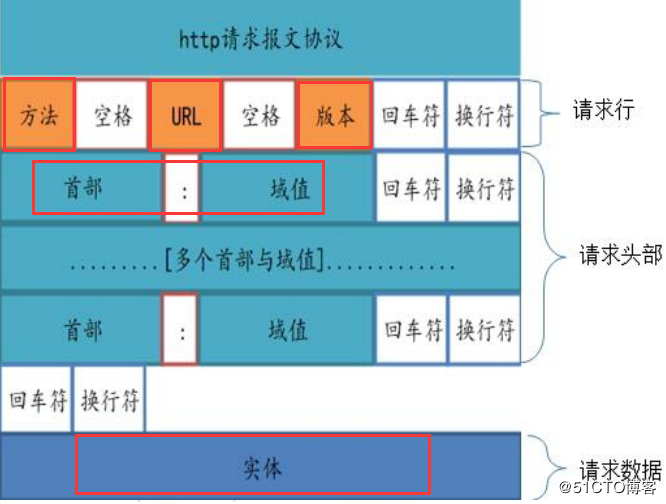
步骤4~步骤6的响应报文结构如下:
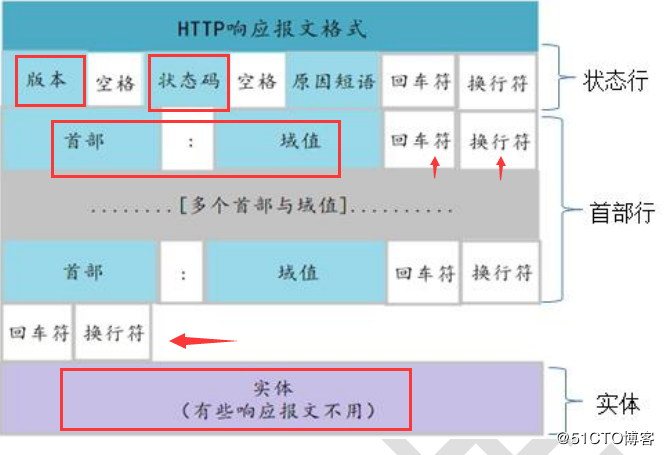
HTTP短连接和长连接
短链接执行流程

HTTP 是无状态的,浏览器和服务器每进行一次 HTTP 操作,就建立一次连接, 但任务结束就中断连接。
长连接执行流程

注: 使用http1.0开启keep-alived或http1.1 时,虽保持了TCP的长连接(默认300s), http请求的信息和状态是不会保存的,客户端仍然需使用额外的手段缓存这些信息如:Session,Cookie等;未改变http请求单向和无状态的特性;
可能的使用场景
长连接多用于操作频繁,点对点的通讯,而且连接数不能太多情况,。每个 TCP 连接都需要三步握手,这需要时间,如果每个操作都是先连接,再操作的话 那么处理速度会降低很多,所以每个操作完后都不断开,处理时直接发送数据包 就 OK 了,不用建立 TCP 连接。
数据库的连接用长连接, 如果用短连接频繁的通信会造成 socket 错 误,而且频繁的 socket 创建也是对资源的浪费。
而像 WEB 网站的 http 服务一般都用短链接,因为 长连接对于服务端来说会 耗费一定的资源,而像 WEB 网站这么频繁的成千上万甚至上亿客户端的连接用 短连接会更省一些资源,如果用长连接,而且同时有成千上万的用户,如果每个 用户都占用一个连接的话,那可想而知吧。所以并发量大,但每个用户无需频繁 操作情况下需用短连好。
Netty基于HTTP包装介绍
Netty在HTTP请求和包装上,典型的包括:
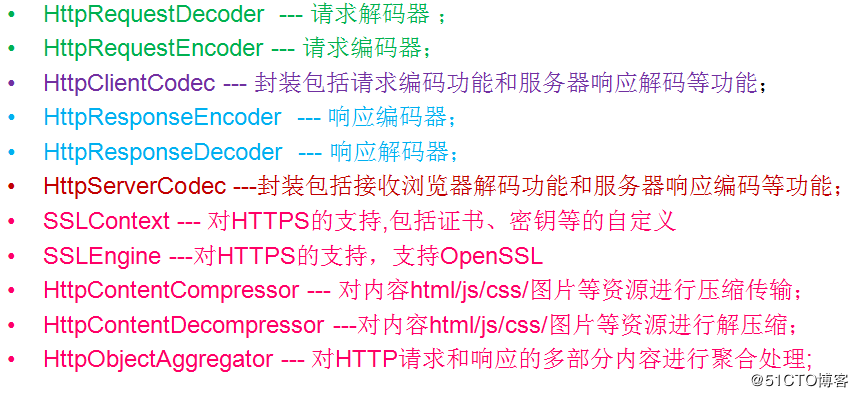
以下我们就来应用Netty为我们提供的开箱即用的功能完成我们的设想。
代码设计实现
/**
* @author andychen https://blog.51cto.com/14815984
* @description:HTTP监听器启动类
*/
public class HttpListener {
//主线程组
public static final EventLoopGroup mainGroup = new NioEventLoopGroup();
//工作线程组
public static final EventLoopGroup workGroup = new NioEventLoopGroup();
//启动对象
public static final ServerBootstrap bootStrap = new ServerBootstrap();
/**
* 监听器启动入口
* @param args
*/
public static void main(String[] args) {
if(0 < args.length) {
try {
//监听器主机
final String host = args[0];
//监听端口
final int port = Integer.parseInt(args[1]);
//证书文件
String certFileName = args[2].trim();
//私钥文件
String keyFileName = args[3].trim();
final ChannelFuture future = bootStrap.group(mainGroup, workGroup)
.channel(NioServerSocketChannel.class)
.localAddress(new InetSocketAddress(host, port))
.childHandler(new ChannelInitializerExt(certFileName, keyFileName))
.bind().sync();
System.out.println("监听端:"+port+"已启动...");
future.channel().closeFuture().sync();//阻塞至通道关闭
}catch (InterruptedException e) {
e.printStackTrace();
} finally {
mainGroup.shutdownGracefully();
workGroup.shutdownGracefully();
}
}
}
}
/**
* @author andychen https://blog.51cto.com/14815984
* @description:ChannelInitializer通道初始化器扩展类
*/
public class ChannelInitializerExt extends ChannelInitializer<Channel> {
/**
* 证书全名称(包含路径)
*/
private final String cerFileName;
/**
* 证书私钥(包括路径)
*/
private final String keyFileName;
public ChannelInitializerExt(String cerFileName, String keyFileName) {
this.cerFileName = cerFileName;
this.keyFileName = keyFileName;
}
/**
* 通道初始化
* 初始化各种ChannelHandler
* @param channel
* @throws Exception
*/
protected void initChannel(Channel channel) throws Exception {
ChannelPipeline pipeline = channel.pipeline();
/**
* 添加入站请求处理,同时兼容http和https请求
*/
pipeline.addFirst(new ChannelInboundHandlerAdapter(){
@Override
public void channelRead(ChannelHandlerContext ctx, Object msg) throws Exception {
ByteBuf buf = (ByteBuf)msg;
//判断协议头:https数据流的第一位是十六进制“16”,转换成十进制是22
if(Constant.FIRST_BYTE_VAL == buf.getByte(0)){
//SSL支持
SslContext context = buildSslContext(cerFileName, keyFileName);
SSLEngine engine = context.newEngine(UnpooledByteBufAllocator.DEFAULT);
pipeline.addBefore("encoder_decoder", "ssl", new SslHandler(engine));
}
ctx.pipeline().remove(this);
super.channelRead(ctx, msg);
}
});
//包括HttpRequestDecoder解码器和HttpResponseEncoder编码器
pipeline.addLast("encoder_decoder", new HttpServerCodec());
//handler聚合,此handler必须
pipeline.addLast("aggregator", new HttpObjectAggregator(Constant.MAX_CONTENT_LEN));
//支持压缩传输
pipeline.addLast("compressor", new HttpContentCompressor());
//业务handler
pipeline.addLast(new HttpChannelHandler());
}
/**
* 构建ssl上下文
* @param certFileName 证书文件名
* @param keyFileName 证书私钥
* @return
* @throws SSLException
*/
private static SslContext buildSslContext(final String certFileName, final String keyFileName) throws SSLException {
File crtFile = null;
File keyFile = null;
try {
crtFile = new File(certFileName);
keyFile = new File(keyFileName);
// /**
// * 方式一:采用内置自带证书(适合用于本地测试)
// */
// SelfSignedCertificate ssc = new SelfSignedCertificate();
// return SslContextBuilder.forServer(ssc.certificate(), ssc.privateKey()).build();
/**
* 方式二:映射安全证书和KEY
*/
return SslContextBuilder.forServer(crtFile, keyFile)
.clientAuth(ClientAuth.NONE)
.sslProvider(SslProvider.OPENSSL)
.build();
}finally {
crtFile = null;
keyFile = null;
}
}
}
/**
* @author andychen https://blog.51cto.com/14815984
* @description:HTTP监听器业务处理器
*/
public class HttpChannelHandler extends ChannelInboundHandlerAdapter {
/**
* 测试请求地址
*/
private static final String REQ_URL = "/index";
//请求名称
private static final String REQ_PARA_NAME = "name";
/**
* 监听器接收网络数据
* @param ctx 通道上下文
* @param msg 消息
* @throws Exception
*/
@Override
public void channelRead(ChannelHandlerContext ctx, Object msg) throws Exception {
String data = null;
//http请求
FullHttpRequest request = (FullHttpRequest)msg;
//(1)请求地址
String uri = request.uri();
/*
验证请求是否为约定地址,这里可以做成各种请求映射表
这里只说明思路
*/
if(!uri.startsWith(REQ_URL)){
data = Constant.HTML_TEMP.replace("{0}", "请求地址:["+uri+"]不存在(404)");
this.response(ctx, data, HttpResponseStatus.NOT_FOUND);
return;
}
//解析请求参数
Map<String, String> params = parseRequestPara(uri);
if(!params.containsKey(REQ_PARA_NAME)){
data = Constant.HTML_TEMP.replace("{0}", "请求参数错误(401)");
this.response(ctx, data, HttpResponseStatus.BAD_REQUEST);
return;
}
//****其它验证逻辑*******
//(2)请求头
HttpHeaders headers = request.headers();
System.out.println("请求头:"+headers);
//(2)请求主体
String body = request.content().toString(CharsetUtil.UTF_8);
System.out.println("请求body:"+body);
//(3)请求方法
HttpMethod method = request.method();
//(4)处理请求
this.proce***equest(ctx, method);
}
/**
* 异常捕获
* @param ctx 处理器上下文
* @param cause
* @throws Exception
*/
@Override
public void exceptionCaught(ChannelHandlerContext ctx, Throwable cause) throws Exception {
cause.printStackTrace();
ctx.close();
}
/**
* 解析请求参数
* @param uri 请求地址
*/
private static Map<String,String> parseRequestPara(final String uri) {
Map<String,String> map = new HashMap<>();
QueryStringDecoder decoder = new QueryStringDecoder(uri);
decoder.parameters().entrySet().forEach(entry -> {
map.put(entry.getKey(), entry.getValue().get(0));
});
System.out.println("请求参数:"+decoder.parameters());
return map;
}
/**
* 处理HTTP请求
* @param method 方法
* @return
*/
private void proce***equest(final ChannelHandlerContext ctx, final HttpMethod method){
Random r = new Random();
String content = Constant.ARTICLES[r.nextInt(Constant.ARTICLES.length)];
//处理GET请求
if(HttpMethod.GET.equals(method)){
this.response(ctx, content, HttpResponseStatus.OK);
return;
}
//处理POST请求
if(HttpMethod.POST.equals(method)){
//其它逻辑...
return;
}
//PUT请求
if(HttpMethod.PUT.equals(method)){
//其它逻辑...
return;
}
//DELETE请求
if(HttpMethod.DELETE.equals(method)){
//其它逻辑...
return;
}
}
/**
* http响应
* @param ctx
* @param content
* @param status
*/
private void response(ChannelHandlerContext ctx, String content, HttpResponseStatus status){
//写入数据到缓冲
ByteBuf data = Unpooled.copiedBuffer(content, CharsetUtil.UTF_8);
//设置响应信息
FullHttpResponse response = new DefaultFullHttpResponse(HttpVersion.HTTP_1_1, status, data);
response.headers().add(HttpHeaderNames.CONTENT_TYPE, "text/html;charset=utf-8");
//写入对端并监听通道关闭事件
ctx.writeAndFlush(response).addListener(ChannelFutureListener.CLOSE);
}
}



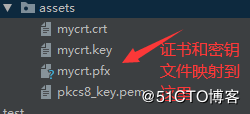
浏览器不断发起请求效果


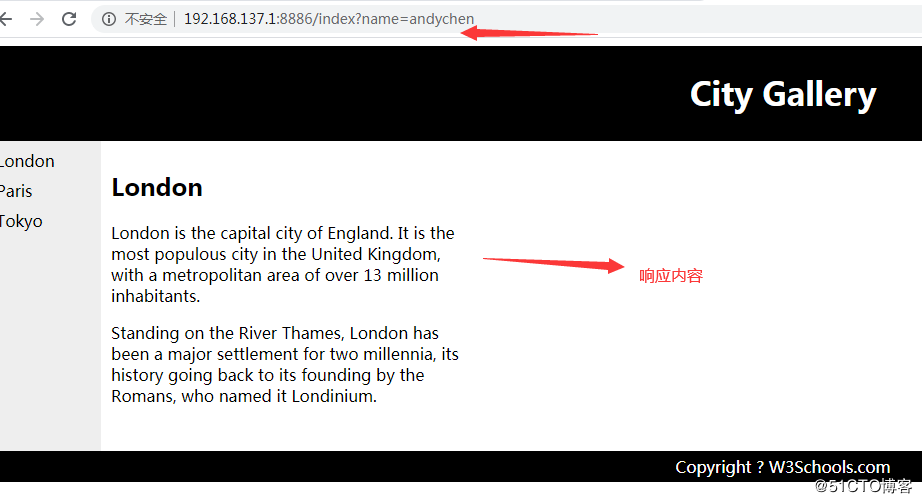
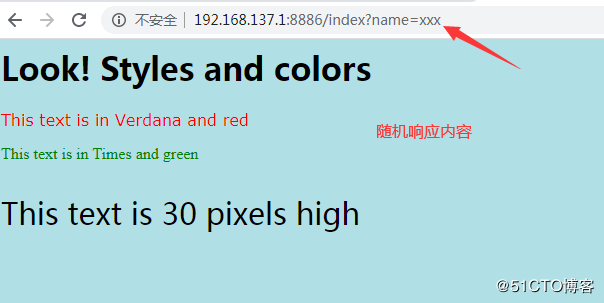
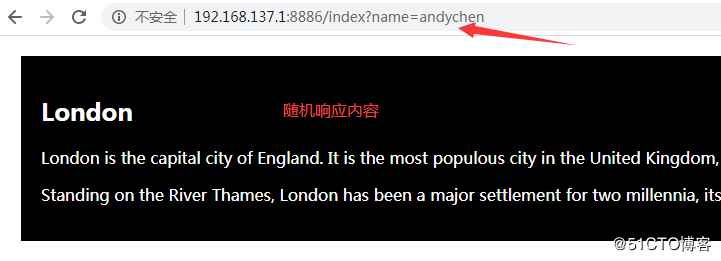
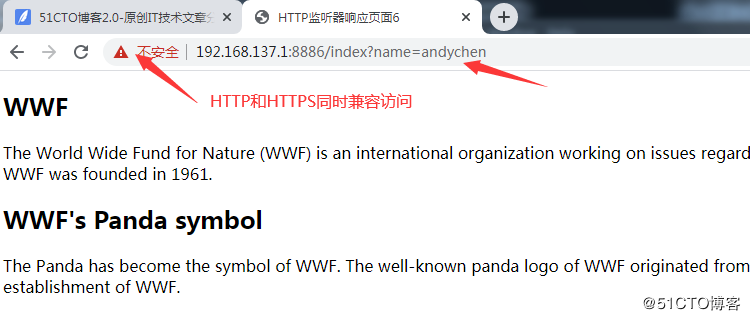
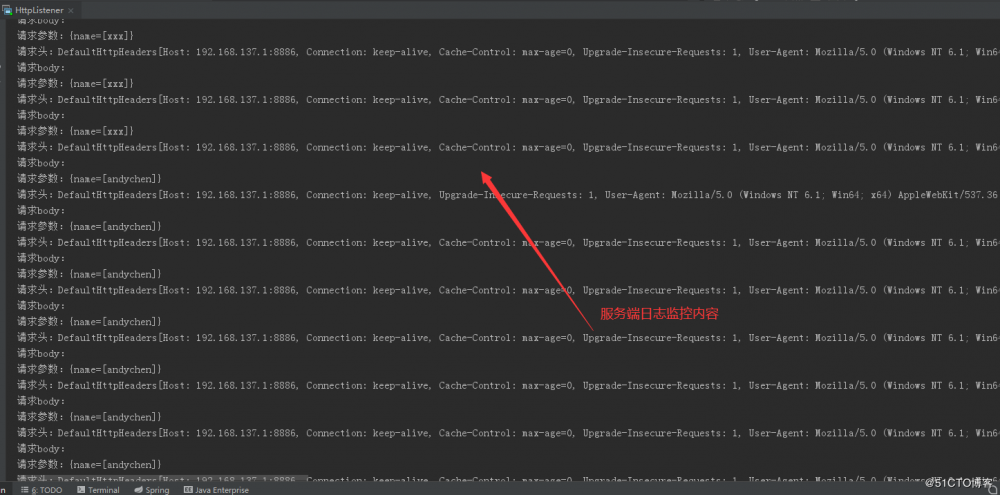
总结
以上代码实战中,接收请求的处理部分不是所有的请求方法类型都对应实现,但处理均有类似之处,参照实现即可。在工作中碰到需要定制开发轻量级HTTP监听实现我们的后端业务时,我们就可以考虑这种定制化的场景,比较灵活,可以在此基础上插拔更多需要的业务类插件。更多关于Netty的其它实战,请继续关注!
- 本文标签: 缓存 DOM ip provider 安全 监听器 TCP id rand 协议 插件 description DDL IDE NIO parse equals db 总结 网站 IOS 时间 服务端 tk ssl list tar src 数据 constant 解析 session 端口 final cat ACE 代码 短连接 tag 服务器 value client UI 处理器 HTML HashMap 测试 开发 线程 http Netty 长连接 并发 web key https build map FAQ CTO Keep-Alive 定制 参数 数据库 主机 Bootstrap IO
- 版权声明: 本文为互联网转载文章,出处已在文章中说明(部分除外)。如果侵权,请联系本站长删除,谢谢。
- 本文海报: 生成海报一 生成海报二











![[HBLOG]公众号](https://www.liuhaihua.cn/img/qrcode_gzh.jpg)

